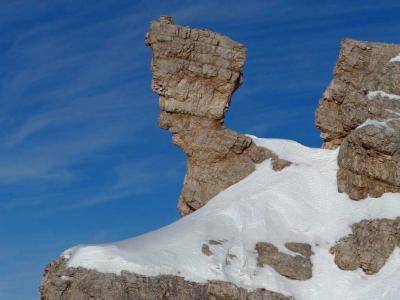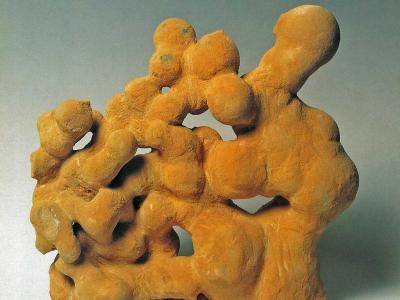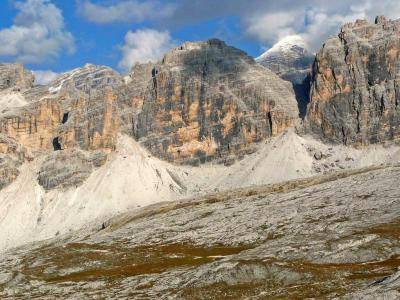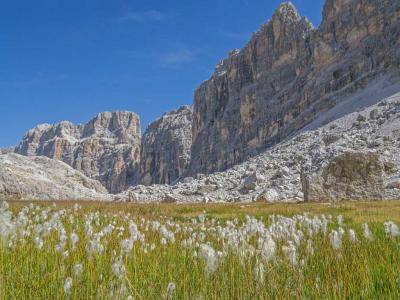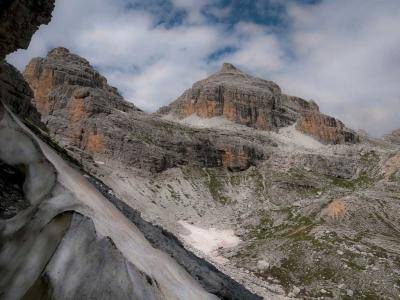TECHNICAL DETAILS
Departure point
1 -Falzarego pass; 2 –Road man's house
Total duration
○ = 2,5 h (↓ n°2 = 4,5 h)
Path number
○ = 401 & 1020; ↓ altern. = 402 & 412
Total difference in altitude
○ = 200 m
Maximum altitude
2660 m – Forcella Granda
Access
You can hike the circular trail in both directions, clockwise it is easier. There are two main accesses to this itinerary.
1 - The first one is from the top of the Lagazuoi Piccolo (can be reached by cable car) or from the southern side of Falzarego pass. It leads to the loop trail passing through Forcella Lagazuoi and Forcella Travenanzes.
2 - The second, to the east, starts from the former road-man's house Ra Nona, 1984 m, on the road from Cortina. Passing through Forcella Col dei Bòs, it reaches the loop trail at Forcella Travenanzes.
Ascent
Loop trail: from Forcella Lagazuoi, facing the Val Badia, the trail follows a spectacular range of natural ledges in front of the majestic Cima Scotoni. These ledges are slightly exposed but easily practicable on a path without equipped sections.
Passing through the summit plane, you cross the Forcella Granda, where the path leads through a short tunnel that opens onto the ridge and where there is a beautiful rock tower on the edge with an apparently precarious balance.
On the eastern side, facing the Val Travenanzes, cross the small saddle Forcella Gasser Depot and the extensive
screes on the mountainside on a well-marked trail with hairpin turns and reach Forcella Travenanzes.
Return
From Forcella Travenanzes you can reach the nearby Forcella Lagazuoi saddle in about ten minutes and return to the top of the Piccolo Lagazuoi or the Falzarego pass.
Alternative descent: once you have completed the Grande Lagazuoi loop, you can descend via Forcella Col dei Bòs to the Alpe di Ròzes. This route runs partly on a wide military road, which was created for the supply of the Castelletto emplacements. This variant requires two cars, thus it is more suitable to use the local buses.
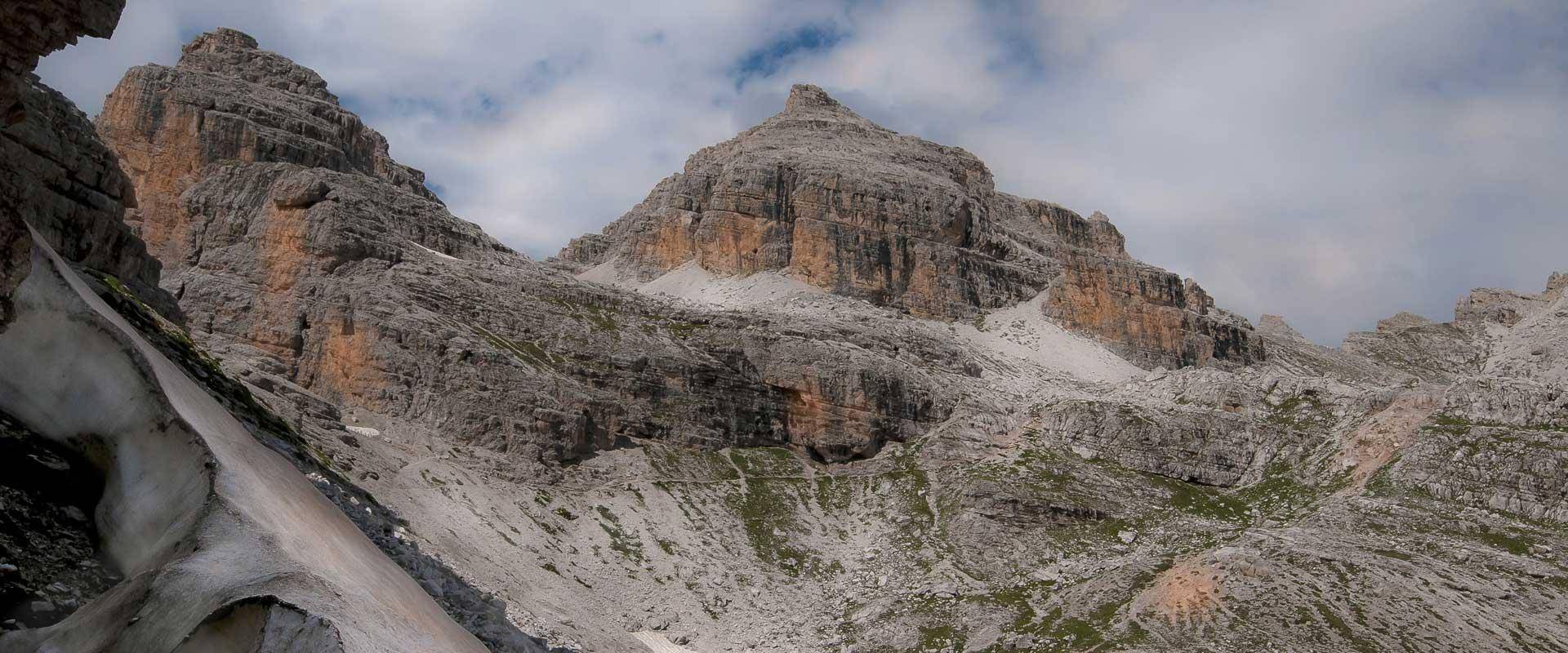

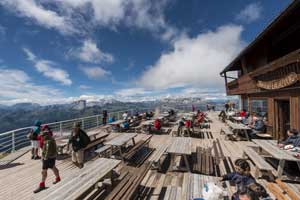
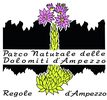 Michele Da Pozzo
Michele Da Pozzo 

